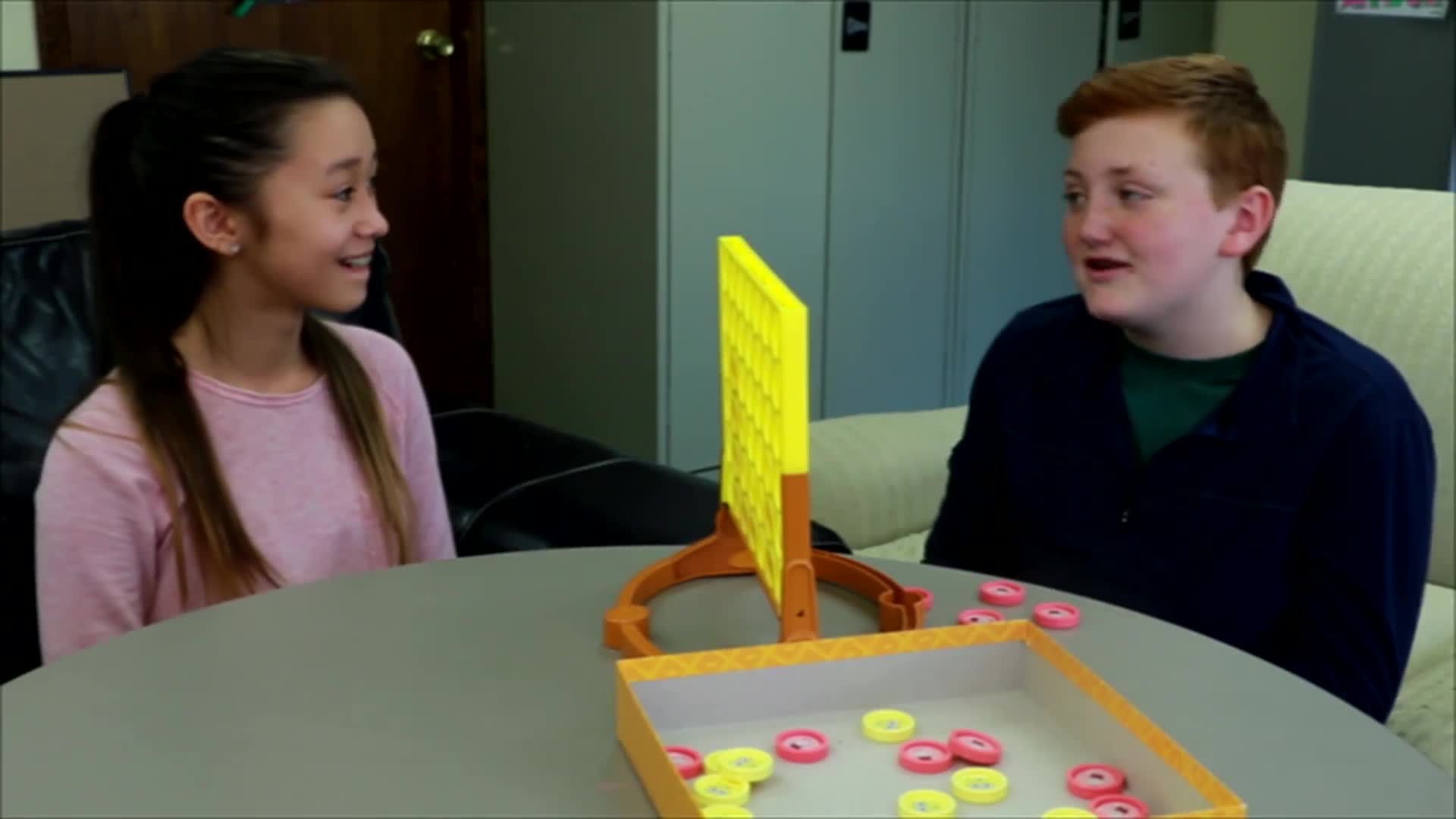In this blog post, we will explore the concept of good sportsmanship and how it can be taught to students through no-prep activities and discussion questions. The principles of Social-Emotional Learning will be incorporated throughout the post to help educators foster a positive and supportive environment for their students.
Introduction
Good sportsmanship is an essential skill for students to develop, as it promotes a positive attitude and respect for others during both competitive and non-competitive activities. By practicing good sportsmanship, students can learn to handle winning and losing gracefully, show empathy towards others, and build strong relationships with their peers. Teaching good sportsmanship is an integral part of Social-Emotional Learning, as it helps students develop self-awareness, self-management, social awareness, relationship skills, and responsible decision-making.
No-Prep Activity: Role-Playing Good Sportsmanship
A simple and effective no-prep activity for teaching good sportsmanship is role-playing. This activity requires no materials and can be easily adapted to suit the age and abilities of your students.
Begin by explaining the concept of good sportsmanship to your students, outlining its importance and the behaviors associated with it. Next, divide your students into small groups and assign each group a specific scenario that involves a competitive or non-competitive activity (e.g., a board game, sports match, or group project). Instruct each group to role-play their assigned scenario, demonstrating both appropriate and inappropriate sportsmanship behaviors.
After each group has completed their role-play, facilitate a class discussion about the different behaviors observed and how they impacted the overall experience. Encourage students to reflect on their own actions and identify ways they can improve their sportsmanship in the future.
Discussion Questions
- Why is good sportsmanship important in both competitive and non-competitive situations?
- How does practicing good sportsmanship help us develop empathy and understanding towards others?
- What are some examples of good sportsmanship behaviors you have seen or experienced in your own life?
- How can we encourage our peers to practice good sportsmanship even when they are feeling frustrated or disappointed?
- What are some strategies you can use to maintain a positive attitude and show good sportsmanship in difficult situations?
Related Skills
Teaching good sportsmanship is closely related to several other key Social-Emotional Learning skills, including:
- Self-awareness: Recognizing one’s own emotions, values, strengths, and limitations.
- Self-management: Regulating one’s emotions, thoughts, and behaviors, and setting personal goals.
- Social awareness: Understanding the perspectives of others and showing empathy.
- Relationship skills: Establishing and maintaining positive relationships with diverse individuals and groups.
- Responsible decision-making: Making constructive choices about personal behavior and social interactions based on ethical standards, safety concerns, and social norms.
Next Steps
To further explore the concept of good sportsmanship and other Social-Emotional Learning skills, we encourage you to sign up for free samples of our teaching materials. These resources are designed to help educators create a supportive and inclusive learning environment for their students and promote the development of essential life skills.






